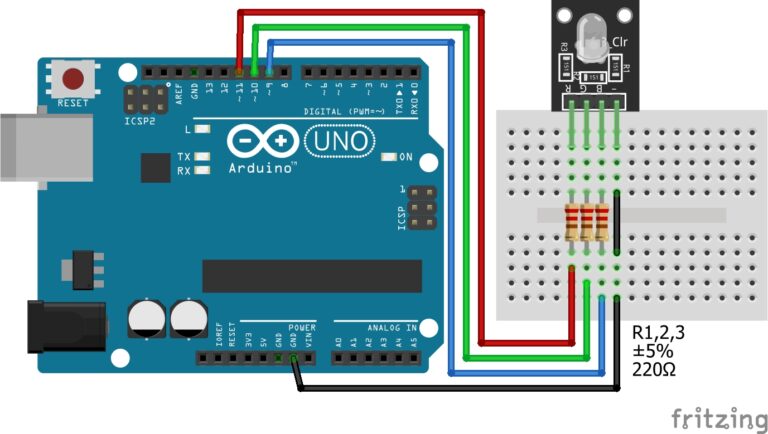
Add Your Heading Text Here
Welcome to the world of Golang! Concurrency is one of the language’s most powerful features. This guide jumps into essential concurrency patterns in Golang. From understanding goroutines and channels to exploring synchronization techniques and common concurrency design patterns, this post equips you with the knowledge to architect robust, efficient, and scalable programs.
Here are some common concurrency patterns and techniques in Go:
Goroutines
- Goroutines are lightweight threads managed by the Go runtime.
- They can be started with the
gokeyword followed by a function call.
Basic Syntax:
go func() {
// Your concurrent code here
}()
Channels
- Channels are used to communicate and synchronize data between Goroutines.
- They can be created using the
makefunction.
Basic Syntax:
ch := make(chan int)
Blocking and Unblocking
- Channels can be used to block and unblock Goroutines until data is available.
- Sending data to a channel block until another Goroutine receives it, and vice versa.
For Example:
ch := make(chan int)
go func() {
data := <-ch // This blocks until data is available
// Process data
}()
ch <- 42 // This unblocks the receiver
Select Statement
- The
selectstatement is used to choose between multiple channels or operations that are ready. - It allows you to handle multiple communication channels elegantly.
For Example:
select {
case data := <-ch1:
// Handle data from ch1
case data := <-ch2:
// Handle data from ch2
}
Buffered Channels
- Channels can be buffered to hold a fixed number of values before blocking.
For Example:
ch := make(chan int, 3) // Buffered channel with a capacity of 3
Wait Groups
- The
syncpackage provides theWaitGrouptype to wait for a collection of Goroutines to finish. - It’s useful when you want to wait for all Goroutines to complete their work before proceeding.
For Example:
var wg sync.WaitGroup
for i := 0; i < 3; i++ {
wg.Add(1)
go func(i int) {
defer wg.Done()
// Your code here
}(i)
}
wg.Wait() // Wait for all Goroutines to finish
Mutexes (Mutex Locks)
- Mutexes are used to protect shared resources from concurrent access by multiple Goroutines.
- You can use
sync.Mutexto create a mutex.
For Example:
var mu sync.Mutex mu.Lock() // Lock the resource // Perform critical section operations mu.Unlock() // Unlock the resource
Worker Pools
- You can create worker pools to execute a limited number of Goroutines concurrently, which is useful for tasks like concurrent processing of jobs.
For Example:
func worker(id int, jobs <-chan int, results chan<- int) {
for job := range jobs {
// Perform work
results <- result
}
}
Timeouts and Cancellation
- Contexts can be used to manage timeouts, cancellations, and deadlines in concurrent operations.
- They help in preventing resource leaks and handling long-running Goroutines gracefully.
Conclusion
These are some of the fundamental concurrency patterns and techniques. Go’s concurrency model is designed to be simple, making it easier to write concurrent code that takes full advantage of multicore processors. Concurrency is a powerful tool in Golang, enabling the creation of highly responsive and scalable applications. Armed with a deeper understanding of concurrency patterns and best practices, you’re equipped to design and implement efficient concurrent systems that leverage the full potential of Golang’s concurrency features.
That’s All Folks!
You can find all of our Golang guides here: A Comprehensive Guide to Golang





